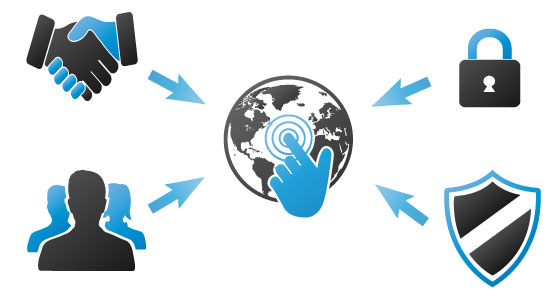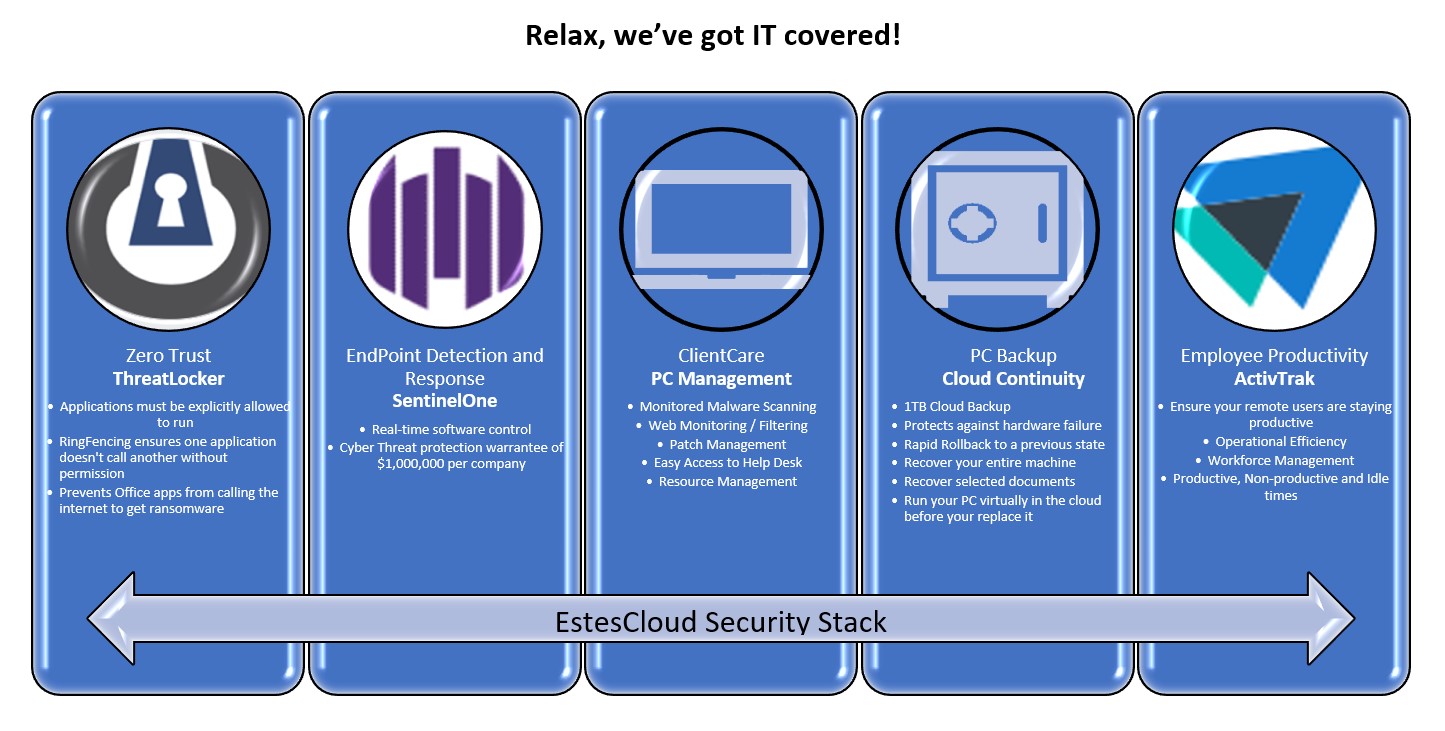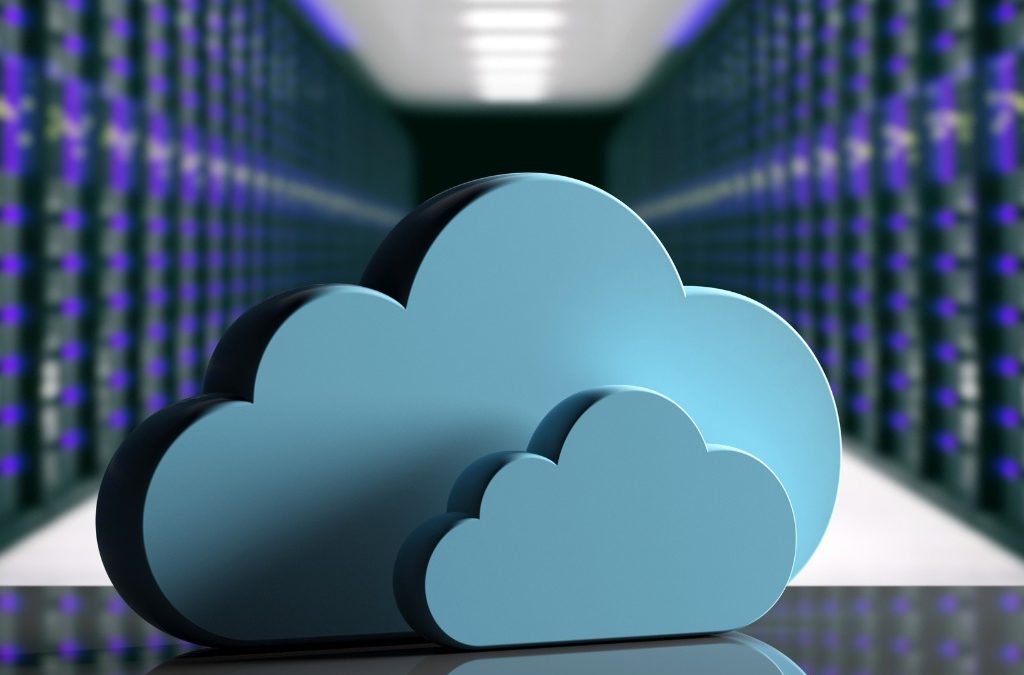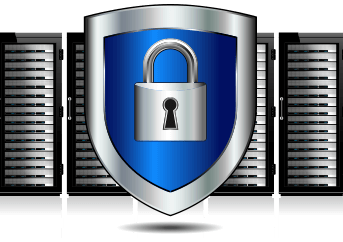
Mobile Device Theft Prevention Tips

Cell Phone Theft Prevention: Digital Assets vs. Liabilities
With more people working outside of the office, companies need to prepare their employees for the possibility that company and personal mobile devices could be lost to theft or misplacement. Remotely securing users can be a challenge for small companies and large companies alike. Fortunately, there are easy ways that companies and employees can prepare and prevent the loss or theft of devices before it happens. Whether you have a mobile device or a hardwired PC, these device prevention tips can ensure that your phones and laptops are assets, rather than liabilities.


Step 1: Make sure your device is locked and so are the apps!
In this day and age, most laptops and other portable devices can be locked (both physically and by using a passcode). Yet, anyone hanging out at a coffee shop will notice many people going to the restroom, paying for food or going outside to take a call with their devices left unattended and unlocked. Don’t be that person and become the victim of theft or loss (or even a drive-by malware install). The likelihood of theft in such public and transient locations tends to be high, and relying on the video camera of the theft doesn’t guarantee the return of the device. Take your devices in a bag with you if you leave the location any reason and also when you don’t have a direct line of sight on you and your company’s belongings.
When walking in crowded locations make sure to close all of your bag openings (lock them if you can) and be aware of how easily a device could be taken without your knowledge. Visible and unsecured devices are targets of thieves and could fall out of whatever you are holding them inside. Having a cell phone with critical information in the back pocket of your jeans is an invitation for accidents or worse to happen. Cell phone theft prevention needs to be proactive. Know where your device is at all times and know how to prevent both physical and digital theft.
Step 2: Know where your devices are located.
Most phones have the capability to track where you might have left it or where someone has taken it. These features are great but you can also step it up a notch with 3rd-party tools made for this purpose. A simple search will yield a number of location security applications built for business consumers.
In addition to 3rd-party applications that can help you find devices, if you want to add another layer of security there are a few physical GPS devices available. These small devices are not prohibitively expensive and can be slipped into a phone/tablet case, a briefcase or a backpack for an extra layer to identify where a device is located.


Step 3: Consider having the device engraved or having return information placed on the device
Another tip that is overlooked but important is to have devices engraved so you can add return (and reward) information in the event that a device is misplaced. If engraving is not possible, a sticker with your contact details is also another useful option. Not everyone is out to steal your device. Mobile device theft prevention savvy also protects you from your data ending up in a lost & found box. Sometimes we simply misplace our laptops or phones, so leaving contact details in the event of a loss will facilitate the return of your device.
Step 4: Encrypt or remove sensitive information
Luckily there are plenty of options to encrypt information on your devices. Not only do many operating systems provide you with encryption options, but there are also many 3rd-party applications to help you. VeraCrypt is a free/open-source disk encryption software that’s worth considering if you are looking for free options.
Beyond encrypting sensitive data, developing a mindset of being rigorous about the removal of sensitive data (that includes photos of sensitive information) will help you avoid unwanted access to your devices that might hold sensitive information.

Cyber Thieves vs. Cyber Peace
While loss prevention isn’t always avoidable, these tips will help to reduce the probability of loss or theft and ensure we are doing everything to prevent our devices and the sensitive data (like information protected by HIPAA) from being accessed by unwanted individuals, hackers, or dark web cybercriminals. If you do become a victim of device theft, or if you lose your device, then EstesCloud BDR, or a similar disaster recovery solution, can help return cyber peace to your world of data. Cell phone theft prevention is becoming a more critical issue for businesses because remote workers often install work apps on their iPhones, Samsung Galaxies, or other competing brands.












